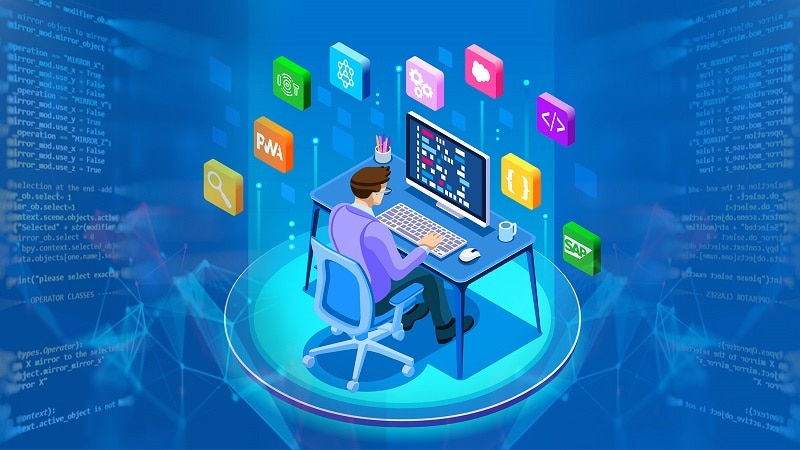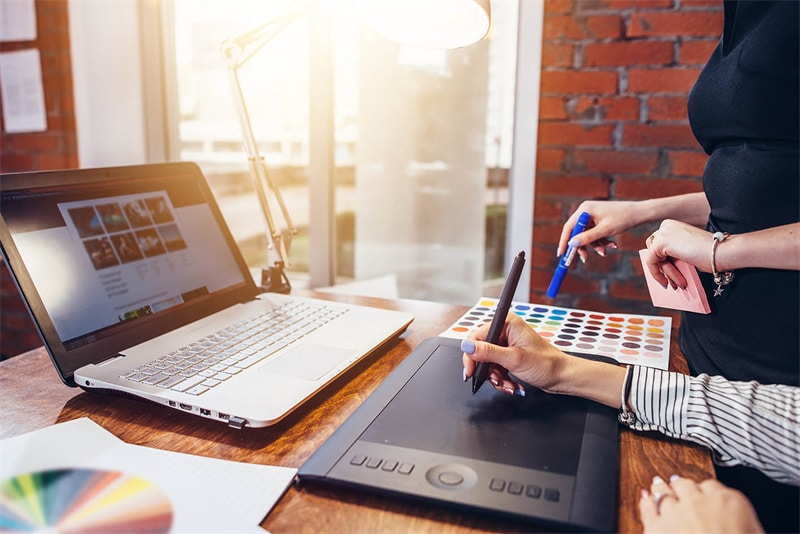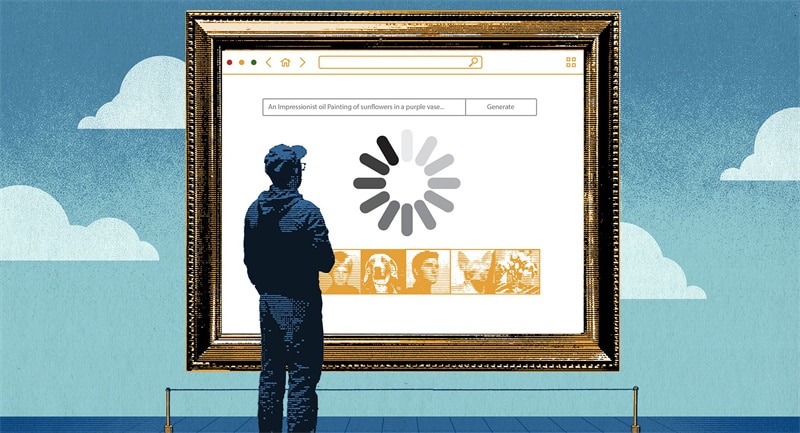
In an era where innovation knows no borders, harnessing collective creativity has become an essential skill.
This rings true, especially for the digital arts industry, where free drawing software plays a pivotal role in enhancing artist collaboration. This article aims to delve into the collaborative functionalities of these platforms to help you optimize their capabilities.
Evolution of Free Drawing Software

Over time, free drawing software has evolved tremendously. Digital artists were once limited to expensive gear and software. Platforms such as GIMP, Krita, and Autodesk SketchBook, on the other hand, have transformed the sector, making digital art accessible to everybody, regardless of budget limits. This software includes functionality comparable to paid versions, allowing artists to create, alter, and share their works with ease.
The collaborative elements of these platforms, which represent the dynamic nature of innovation in the digital era, are at the heart of these platforms. These features, in essence, are intended to foster a community-centric creative environment by enabling real-time collaboration, version control, feedback provision, and file sharing.
The Heart of Collaboration: Dynamic Features
Real-time collaboration allows numerous artists to work on a piece at the same time, which is useful for large-scale projects needing a variety of expertise. Version control allows artists to go back to prior versions of their work, allowing them to experiment without the worry of making irreparable mistakes. Commenting and feedback systems improve team collaboration by allowing for precise, actionable criticism. Finally, file sharing and exporting options allow the artwork to be shared across other platforms, increasing visibility and appreciation.
Several successful initiatives highlight the value of these collaborative characteristics. The ‘Global Canvas Project,' a digital art venture in which artists from around the world worked on a single artwork using free drawing software, is one famous example. The result was a captivating patchwork of many cultures and points of view – a clear example of what collaborative creativity can create.
Mastering these collaborative technologies, however, entails more than just comprehending their functions. Navigating these digital environments successfully necessitates a specific skill set. Setting criteria for when and how to use feedback tools can improve the collaboration experience greatly. Furthermore, being receptive to input and cultivating a culture of mutual respect can pave the path for fruitful cooperation.
When collaborating online, difficulties are unavoidable. Delays are frequently caused by time zone variations, and technical problems can disturb the creative process. These obstacles, however, can be overcome through proactive steps such as regular software updates, open communication lines, and organized synchronous work sessions.
It seems apparent that collaborative capabilities in free drawing software will continue to improve in the future. AI and virtual reality are poised to transform the way artists collaborate, opening fascinating new paths for collaborative innovation.
Furthermore, the capacity to communicate in real-time across geographical borders is breaking down barriers in the worldwide art community. It provides a forum for artists from various backgrounds to learn from one another, exchange ideas, and contribute to one another's development. This flow of artistic influences not only enriches artistic practices but also advances the advancement of art in general.
The Transformative Potential of Free Drawing Software

The transformative potential of free drawing software in promoting collaborative creation cannot be overstated. They provide collaborative features that serve as catalysts for a paradigm shift in the field of creativity as well as technological developments. They are democratizing the world of digital art, encouraging collaboration, and bridging geographical gaps.
Artists must embrace these tools and the collaborative atmosphere they foster. Growing, learning, and changing as a group is just as vital as creating as a group. As we navigate and adapt to this shifting terrain, it's critical to remember that collaboration is a journey, not a destination. It's an ongoing process of exploration and discovery, powered by mutual innovation and growth.
In education and training, collaborative sketching software is also breaking new ground. These platforms are being integrated into school and university curricula, allowing students to collaborate on projects and learn from one another's innovative methods. This hands-on collaborative learning environment improves students' comprehension of art topics, techniques, and mediums, allowing them to hone their creative skills and aesthetic vision.
Finally, the introduction of collaborative sketching software has marked a fundamental shift in the realm of digital art. It not only connects artists beyond geographical boundaries, but it also opens the door to collaborative innovation, which enhances the artistic community. As these platforms expand, incorporating innovations such as artificial intelligence and virtual reality, we are on the verge of a new era in digital creation. The impact of collaborative technology ranges from individual producers to educational institutions and enterprises.
It can democratize art, stimulate mutual development among artists, and spark a paradigm shift in how we make and view art. As we move forward into this exciting future, it is up to us, the artistic community, to embrace this collaborative attitude and harness its ability to push creative boundaries.










